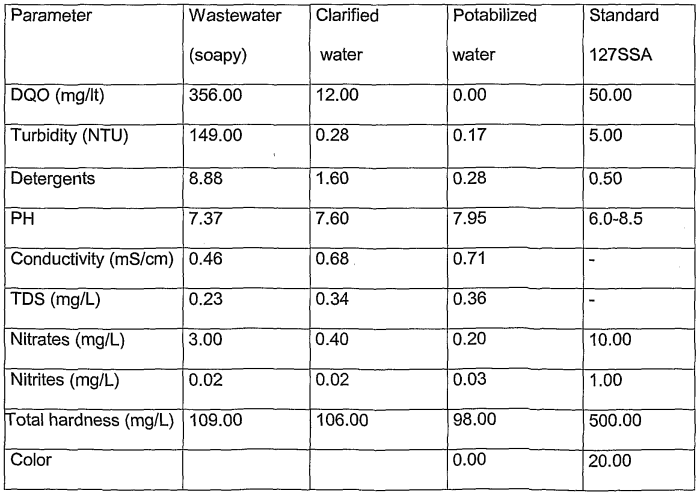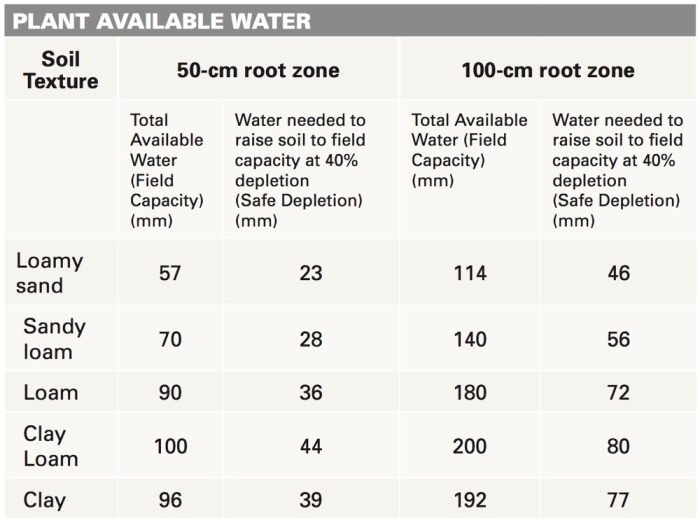How Much Soap to Water for Plants?
Understanding Soap’s Impact on Plants
How much soap to water for plants – Using soap solutions on plants can be a surprisingly effective method for pest and disease control, but it’s crucial to understand the potential effects of different soap types and concentrations on plant health. Improper application can lead to damage, so careful consideration is necessary.
Effects of Different Soap Types on Plant Health
Different soaps have varying chemical compositions, influencing their impact on plants. Dish soaps, often containing harsh detergents and fragrances, can damage delicate plant tissues if used improperly. Castile soaps, derived from plant oils, are generally considered gentler and more suitable for plant use. However, even castile soap can cause damage if the concentration is too high.
Chemical Composition and Plant Interactions
Soaps are primarily composed of fatty acids and alkalis. These components can disrupt the cell membranes of pests and diseases, leading to their demise. However, the same interaction can also negatively affect plant cells if the concentration is too strong. The presence of added fragrances, dyes, or other chemicals in commercial soaps further complicates their effect on plant tissues.
Comparative Effects on Various Plant Species
The sensitivity of plants to soap solutions varies significantly depending on species. Delicate plants like ferns and orchids are more susceptible to damage than hardier plants like tomatoes or roses. Young seedlings are also more vulnerable than mature plants. Experimentation with small sections of the plant before widespread application is highly recommended.
Soap Suitability for Plant Care
| Soap Type | Concentration (approx.) | Application Method | Suitability Notes |
|---|---|---|---|
| Castile Soap | 1-2 tsp per gallon of water | Spraying, wiping | Generally safe, but test on a small area first. |
| Dish Soap (mild, unscented) | 1 tsp per gallon of water | Spraying (avoid direct sunlight) | Use sparingly; may damage some plants. |
| Insecticidal Soap (commercial) | Follow product instructions | Spraying | Specifically formulated for pest control; less likely to damage plants when used as directed. |
Determining the Optimal Soap-to-Water Ratio
The ideal soap concentration for plant treatments depends on several factors, ensuring both effectiveness and plant safety. A carefully determined ratio is essential for successful pest and disease control.
Determining the correct soap-to-water ratio for plant cleaning is crucial; too much can harm them. This careful balance is similar to the precision needed when watering, particularly with succulents. Understanding proper watering techniques is key, and you can find helpful advice on this topic by checking out this guide on how much do you water a succulent plant.
Returning to soap, remember that a diluted solution is always best to avoid damaging your plants’ delicate leaves.
Factors Influencing Soap Concentration
Several factors influence the ideal soap concentration. The severity of a pest infestation or disease outbreak dictates the strength needed. Plant type and age also play a role, with delicate plants requiring weaker solutions. Environmental conditions, such as temperature and humidity, can also affect the effectiveness and potential damage from the soap solution.
Creating Diluted Soap Solutions
Diluting soap solutions accurately is crucial. For insecticidal sprays, a weaker solution (e.g., 1 teaspoon of soap per gallon of water) is often sufficient. For fungicidal washes, a slightly stronger solution may be needed (e.g., 2 teaspoons per gallon), but always test on a small area first.
Step-by-Step Procedure for Preparing a Soap Solution
- Gather materials: soap, water, measuring tools, spray bottle.
- Measure the required amount of soap.
- Add soap to a container with water.
- Mix thoroughly until the soap is completely dissolved.
- Transfer the solution to a spray bottle.
- Always wear gloves and eye protection when handling soap solutions.
Illustrative Examples of Soap-to-Water Ratios
- 1 tsp soap per gallon of water: Suitable for preventative treatment or mild infestations on hardy plants. Visually, the solution will appear very diluted, almost clear.
- 2 tsp soap per gallon of water: Suitable for moderate infestations or diseases on hardier plants. The solution will have a slightly more noticeable soapy appearance.
- 1 tbsp soap per gallon of water: Use with extreme caution; only on hardy plants and for severe infestations. The solution will appear noticeably soapy.
Application Methods and Techniques
The method of applying soap solutions significantly influences effectiveness and plant health. Choosing the right method is vital for optimal results and to prevent plant damage.
Methods for Applying Soap Solutions
Soap solutions can be applied through spraying, wiping, or drenching. Spraying is best for covering large areas, particularly leaves. Wiping is ideal for smaller plants or localized infestations. Drenching is suitable for soil treatments to combat soilborne diseases.
Advantages and Disadvantages of Application Methods
Spraying provides broad coverage but can lead to runoff if not applied carefully. Wiping ensures thorough contact but is labor-intensive. Drenching is effective for soil treatments but can potentially over-saturate the soil.
Importance of Thorough Coverage and Avoiding Runoff
Thorough coverage is essential for effective pest and disease control. However, avoiding runoff is equally important to prevent environmental pollution and potential damage to nearby plants or ecosystems. Application during cooler parts of the day, and avoiding direct sunlight, can minimize runoff and leaf burn.
Applying Soap Solutions to Specific Plant Parts
Leaves should be sprayed evenly, ensuring both the upper and lower surfaces are coated. Stems can be wiped or sprayed. Roots should only be treated with drenching methods, and only when necessary, following specific instructions.
Safety Considerations and Precautions: How Much Soap To Water For Plants
While soap solutions are generally considered safe, certain precautions are necessary to minimize risks to plants, people, and the environment.
Potential Risks Associated with Soap Solutions
Using too strong a solution can lead to leaf burn, plant stress, and even plant death. Improper disposal can pollute waterways. Some individuals may experience skin irritation from contact with soap solutions.
Minimizing Environmental Impact

Source: googleapis.com
Use soap solutions sparingly. Avoid over-application and runoff. Dispose of leftover solutions properly, according to local regulations.
Proper Storage and Disposal
Store soap solutions in a cool, dry place, away from children and pets. Dispose of leftover solutions according to local regulations, typically by diluting them significantly before disposal down the drain.
Safety Precautions When Handling and Applying Soap Solutions
- Wear gloves and eye protection.
- Avoid spraying soap solutions in windy conditions.
- Do not spray soap solutions on plants during direct sunlight.
- Always test the solution on a small area of the plant before widespread application.
- Follow product instructions carefully for commercial insecticidal soaps.
Troubleshooting and Common Issues
Despite careful application, some problems may arise. Understanding common issues and their solutions ensures successful plant care.
Common Problems Encountered
Leaf burn, plant stress, and ineffective pest control are common issues. Leaf burn manifests as brown or yellow spots or edges on leaves. Plant stress can lead to stunted growth or wilting. Ineffective pest control may indicate an incorrect soap-to-water ratio or improper application.
Solutions for Addressing Common Issues
Reduce the soap concentration if leaf burn occurs. Improve application technique for more thorough coverage. Consider alternative pest control methods if soap solutions prove ineffective.
Adjusting the Soap-to-Water Ratio, How much soap to water for plants
If leaf burn occurs, dilute the solution further. If pest control is ineffective, consider increasing the concentration slightly, but always test on a small area first.
Troubleshooting Guide for Common Problems

Source: grainews.ca
| Problem | Possible Cause | Solution |
|---|---|---|
| Leaf burn | Too strong a solution, direct sunlight | Dilute the solution, apply during cooler parts of the day |
| Plant stress | Over-application, incorrect soap type | Reduce application frequency, use a gentler soap |
| Ineffective pest control | Incorrect soap-to-water ratio, poor application | Adjust the ratio, improve application technique |
Query Resolution
Can I use any type of soap on my plants?
No, avoid harsh detergents found in many dish soaps. Opt for gentler options like insecticidal soap or diluted castile soap.
What if I accidentally use too much soap?
Immediately rinse the affected plant thoroughly with clean water. Monitor for signs of leaf burn or stress and adjust future applications accordingly.
How often can I apply soap solutions to my plants?
Frequency depends on the pest or disease and the plant’s response. Start with a less frequent application and increase as needed, always observing for any negative reactions.
Can soap solutions harm beneficial insects?
Yes, it’s possible. Apply soap solutions carefully, targeting affected areas and avoiding broad spraying that might harm beneficial insects.





















